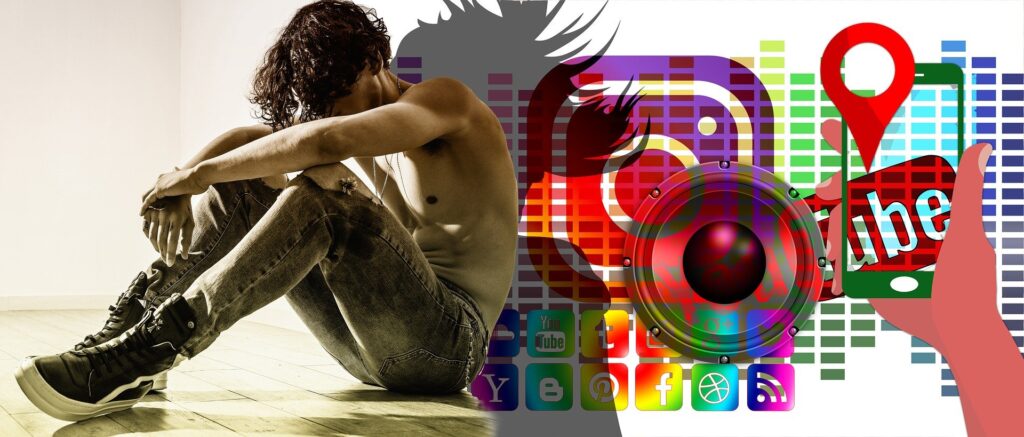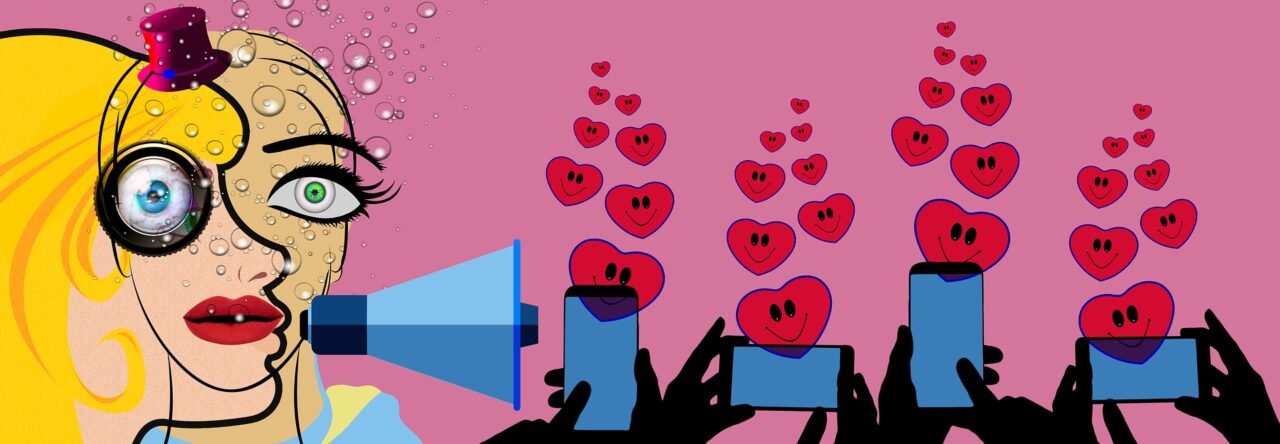Researchers have studied how social media influences our life and becomes an addiction, in which people spend an increasing amount of time on these online networks. Past studies (Balakrishnan and Griffiths 2017; Gerhart 2017) have been done on how users on YouTube use the platform, and how that impacts their likelihood of developing a technology addiction. This provided evidence that the more time that we spend on YouTube, the more likely these addictions will occur. In conclusion, content creators are more likely to experience these addictions because they spend hours making sure their videos are perfect compared to content viewers. Content, process, and social gratification are all linked to the impact social media has on addictions Similarly, significant use of social media can lead to extensive addictions, which can cause harm to the individual, such as a constant distraction, increased negative feelings and thoughts, and poor mental health overall (Balakrishnan and Griffiths 2017; Gerhart 2017). These addictions have been found to result in increased restlessness among adolescents when they are unable to access their social media pages and messages, increasing both their levels of anxiety and the likelihood that they end up addicted to the technology (Bashir and Bhat 2017). These studies show the harmful side that we do not always see on social media. The addictive use of social media has been shown to directly have a negative association with self-esteem which links directly to overall life satisfaction (Hawi and Samaha 2016). These studies show how the use of technology has continuously advanced, and how becoming addicted can lead individuals to spend hours online without fully realizing it. This is relevant to my topic because it shows how much time content users and creators spend on these platforms, and how that might influence the way that they use them.

These technology addictions can cause mental health and other problems for individuals. Boer et al (2021) conducted research to see how technology has truly impacted the way that individuals feel about themselves, and their lives. There has been increased concern about the number of different platforms that adolescents are using today, leading to a higher likelihood of being victimized online. When these types of things happen, it often takes a toll on the adolescent’s mental health, increasing depressive symptoms and online comparison to others (Boer et al. 2021). This proves that social media can be correlated with negative experiences for users. In addition, as stated by Boer et al. (2021), the depressive symptoms social media use is linked to includes stress, anxiety, depression, and suicidal thoughts. Adolescents themselves expressed that social media has impacted them in negative ways (Boer et al. 2021; O’Reilly et al. 2018). Research shows that social media is linked to negative effects on the self; users online are often victimized, cyber bullied, or targeted in negative ways. The increased use of social media has become a concern for children, parents, other users, and society as a whole.
There is a dark side to social media, and more specifically YouTube, as it can present adolescents with problematic negative behaviors and make content that generally should not be visible to their age group. According to Hattingh (2021), YouTube makes adolescents vulnerable to a variety of negative behaviors that leave them at risk of bullying, self harm, and lower self-esteem. When using these platforms, many individuals do not realize the detrimental effects social media can have, which puts them at risk, calling for more awareness of the way that social media platforms are being used (Hattingh 2021). Adolescents who are morally disengaged are more likely than those that are not to participate in online aggression because they ignore norms of behavior in a given situation, leading to aggression and cancel culture online (Ouvrein, Backer, and Vandebosch 2018).
